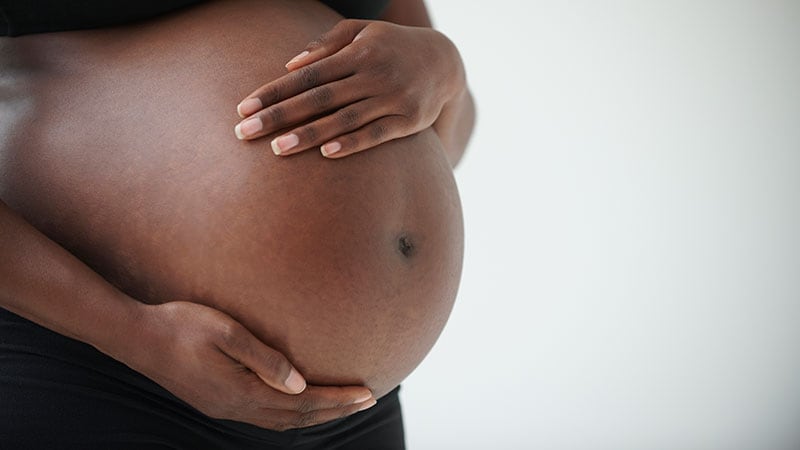Takeaway
- Most women diagnosed with diabetes prior to 24 gestational weeks had gestational diabetes mellitus (GDM) that resolved after delivery.
- HbA1c was superior to oral glucose tolerance testing in distinguishing undiagnosed pregestational diabetes from GDM at <24 weeks of gestation.
- Definitive diagnosis should be done after delivery.
Why this matters
- Pregnancies complicated by pregestational diabetes are associated with more foetal and maternal complications than are GDM pregnancies.
Study design
- Population-based retrospective cohort study of 285 women with diabetes diagnosed during pregnancy at <24 weeks who delivered during 2005-2018.
- Funding: None.
Key results
- 11 (5%) women were diagnosed with diabetes within 6-12 weeks postdelivery.
- The most accurate marker for type 2 diabetes (T2D) was HbA1c, with a cutoff of 5.8% predicting T2D with:
- 89% sensitivity,
- 86% specificity,
- 99.4% negative predictive value (NPV), and
- 23% positive predictive value (PPV).
- A cutoff of 6.5% predicted T2D with:
- 56% sensitivity,
- 98.5% specificity,
- 98% NPV, and
- 62% PPV.
- Using HbA1c <6.5% as the cut-off will detect 73% of women with T2D vs 91% using 5.8%; i.e., a 6.5% cutoff will miss 18% of women with T2D.
- HbA1c was the only independent predictor for T2D: OR, 19 (95% CI, 3.2-109).
Limitations
- Retrospective design.
- T2D evaluated after pregnancy.
References
References


